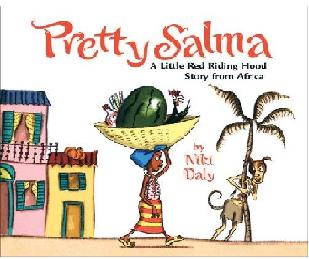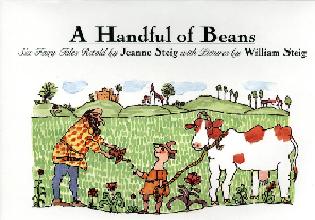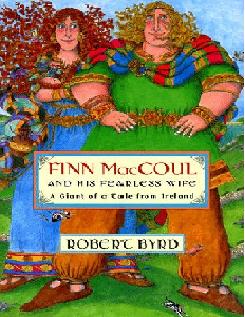Title: Why the Crab Has No Head
Author: Barbara Knutson
Publisher: Carolrhoda Books, INC.
Age Level: Elementary (3-4) or Upper (5-6)
Date: 1987
Summary: “Retails the African folktale from the Bakongo people of Zaire in which Crab’s pride influences his creator, who leaves Crab without a head to make him humble.”
Strengths: I enjoyed this story. It is very interesting and it makes you want to get to the end quick so you can find out why the crab has no head, but also I like that the author included the fact the crab was sideways. I thought there was a lot of culture in the story with the story, but especially in the illustrations.
Concerns: I did not like that the book doesn’t have any color. I think the illustrations would be more eye catching if there would have been color added. I think more kids might choose to read the book if there was color. I also thought that for younger kids the lesson behind the story might be hard for them to grasp. The teacher might have to explain some things after the story.
Classroom Use: Again, this book could be used in a lesson about African culture or as a part of different folk tales. The teacher could read this book to the class. Then she could have the students individually or in groups think of an animal and make a story of how that animal got a characteristic. For example, maybe how the leopard got its spots or how the frog got its super long tongue.
 Title: Pretty Salma
Title: Pretty Salma Title: A Handful of Beans
Title: A Handful of Beans